QuestionHello Thea. I recently bought a brown basilisk, and have been having a hard time feeding him. He refuses to eat dead crickets, and seems to have little to no interest in the live ones(I see 1 live one from yesterday right now, I only fed him 2 yesterday and I'm not sure if some of the others I've given him are hiding as well or if he's eaten them). Beyond this I bought a cricket keeper, which looks like a small hermit crab cage with black tubes coming out the end. The crickets are meant to crawl into the tubes but they avoid them almost completely, preferring to spend all day in the egg crate thing they came with, in bunches of 4 or 5 in the
dimples of the egg crate
les of the egg crate.
AnswerHi Brad,
You mentioned that your basilisk is a recent acquistition and that in itself may explain the poor feeding response so far.
Reptiles routinely go a through a period of re-location stress when they moved to a new environment and typically do not eat well or at all for a week or more. Basilisks are more flighty and nervous then many other species and often take a bit longer to adjust. I always make sure that these more nervous species have plenty of foliage (fake works fine) to help them feel more secure.
The other major factor affecting their appetite is temperature. Reptiles kept at sub-optimal temperatures have little appetite and cannot properly digest if they do feed. Basilisks need an ambient temperature of 75- 80F with a basking spot of 95 - 100F. Try to keep the humidity at least around 50% if possible. That can be a bit difficult during the dry winter season so misting a few times a day may be required.
Their hunting response is triggered by movement rather then scent so I wouldn't really expect him to show interest in the dead crickets. You can safely leave a few live crickets in the enclosure as long as they have a food and moisture source like a lettuce leaf and a bottle cap of crushed cereal. Large mealworms in a small smooth sided dish are another option. These strategies reduce the need for you to be reaching into the tank as often, adding or removing insects, which can help the acclimation process.
Brown basilisks are often wild caught which means they invariably have intestinal parasites. If the lack of appetite continues past several weeks then you may need to think about treatment which would mean a vet visit.
I have never used one of those cricket keepers but I have seen them. One of the manufacturers makes a point of saying that the inside of the tubes are texturized but I don't know if that is true of all the brands. They would need that texture to effectivly climb into those tubes. Crickets are also habitually ground dwelling and I suspect will always choose something flat to hide in rather then inclined, given a choice. Removing that choice is probably your best bet. They will very likely co-operate and use the tubes if that is the only hiding spot.

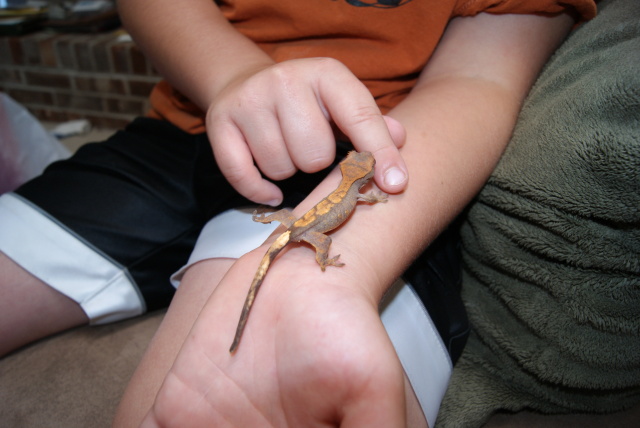 Crested Gecko lost his sticky feet
Question
Bark
My son has a crested gecko, Bark, that he
Crested Gecko lost his sticky feet
Question
Bark
My son has a crested gecko, Bark, that he
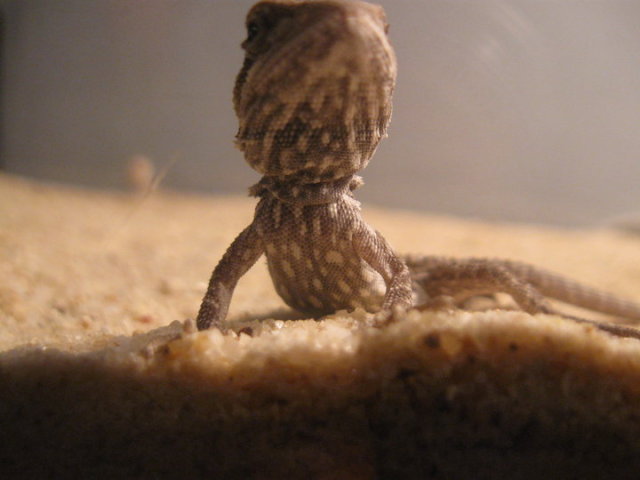 Baby Bearded Dragon Help
QuestionBaby pattern
QUESTION: Hey Tracie, I hav
Baby Bearded Dragon Help
QuestionBaby pattern
QUESTION: Hey Tracie, I hav
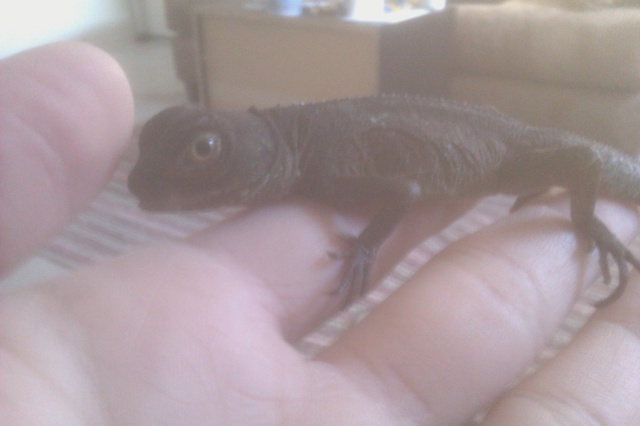 Should I be concerned about my CWD
QuestionQUESTION: Ive had this guy for probably a week
Should I be concerned about my CWD
QuestionQUESTION: Ive had this guy for probably a week
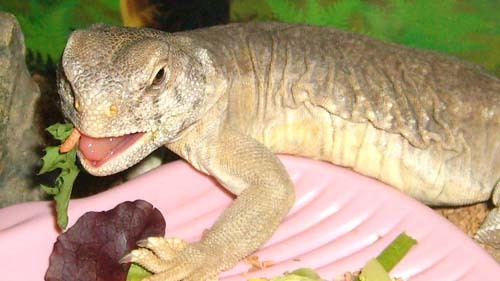 Suey has a new problem-Uncontrollable jerking
QuestionSuey eating veggies
QUESTION: Tracie,
Hi
Suey has a new problem-Uncontrollable jerking
QuestionSuey eating veggies
QUESTION: Tracie,
Hi
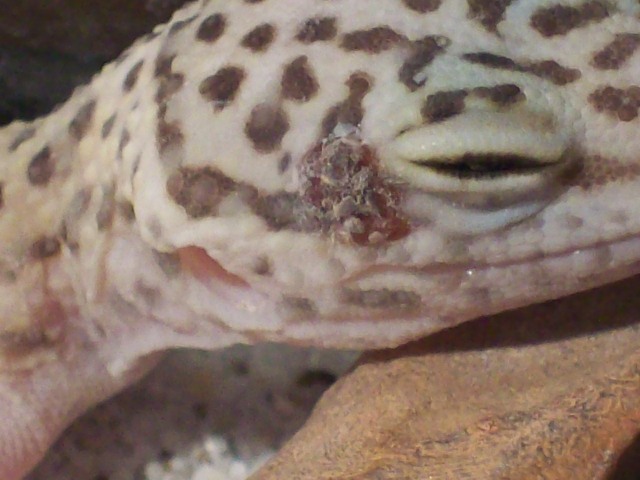 abcess on leopard gecko
QuestionQUESTION: I saw that you were recently asked a
abcess on leopard gecko
QuestionQUESTION: I saw that you were recently asked a